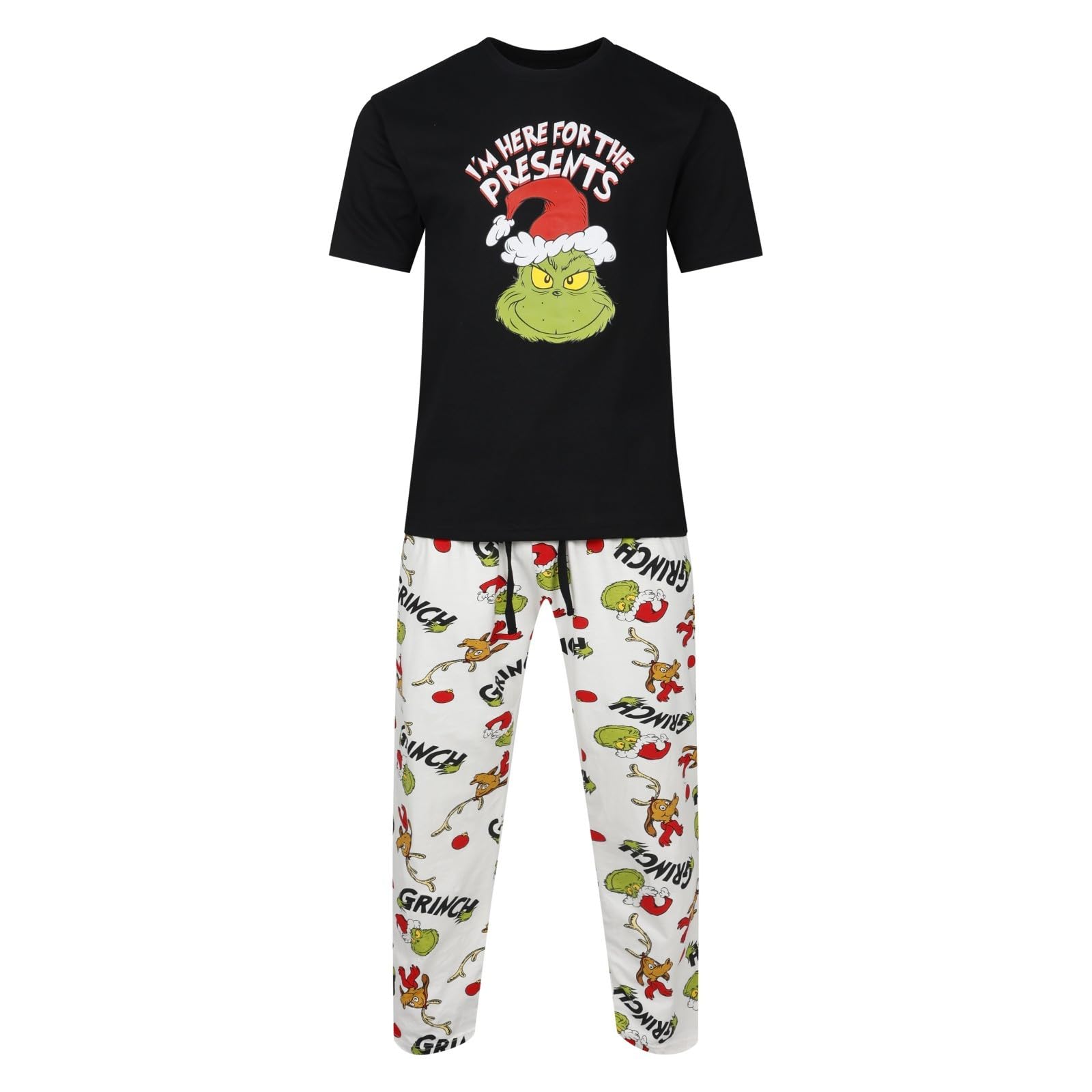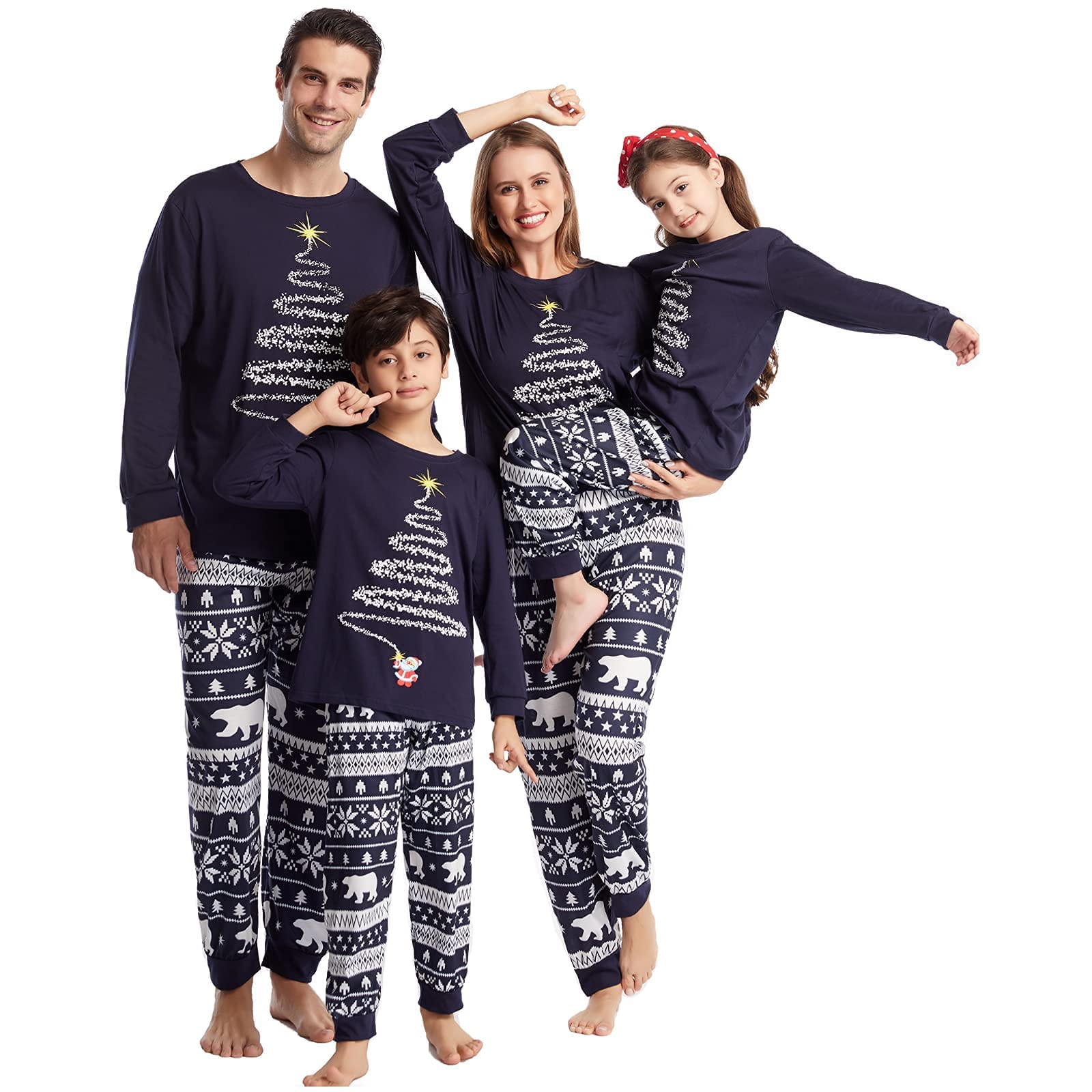Night sweats and hot flushes can make sleep difficult during menopause. The right pyjamas help by moving moisture away from the skin and allowing heat to escape. Fabrics, fit and how you pair sleepwear with sheets and duvet matter more than brand claims. This guide explains what really keeps you cooler at night in UK homes, with practical tips you can try tonight.
Temperature swings feel easier in sleepwear for UK seasons.
Fabrics That Wick and Breathe
Bamboo and modal are standouts for wicking. They feel cool and smooth and help moisture evaporate quickly. Lightweight cotton, especially percale weaves, is also reliable and easy to care for. Look for breathable knits and weaves; avoid heavy polyester blends that trap heat. If you prefer silk, choose a light weight that glides over skin and air it after wear to keep it fresh. The fabric next to your skin does the most work, so prioritise how it feels in warm moments, not just how it looks.
Choose Relaxed Fits and Simple Details
A relaxed cut lets air circulate around the body. Tops with a little extra room through the shoulders and chest reduce cling when you warm up. Shorts or loose trousers with an elastic waist and a soft drawcord allow easy adjustments at night. Avoid heavy piping, thick waistbands, tight cuffs and dense embroidery that add bulk and trap heat. Soft labels or tagless prints prevent irritation when you wake and move.
Layering With Bedding
Pair pyjamas with breathable sheets and an appropriate duvet tog for the season. Cotton percale or linen sheets feel cool; bamboo or lyocell sheets are also good. In summer, use a 4.5 tog duvet and keep a light throw nearby if you cool down in the early hours. In spring and autumn, a 7 to 10.5 tog duvet suits many homes. In winter, you may still prefer a lighter duvet and a breathable fleece dressing gown to add warmth when needed rather than sleeping under a very heavy quilt all night.
Night Routine That Helps
Small habits reduce heat spikes. Take a warm (not hot) shower an hour before bed to encourage natural cooling when you get into bed. Let hair dry fully so your pillow stays cool. Keep water at the bedside and sip when you wake. If you sweat, change only the top rather than all layers so you can go back to sleep quickly. Keep a spare top and a small towel near the bed to make changes easy in the dark.
Bedroom Environment
Use a small hygrometer to watch humidity. Aim for 40 to 60 percent. If the air is humid, a dehumidifier keeps the room comfortable. A fan on low moves air gently without blasting cold air at you. Open a window briefly before bed if outdoor air is fresh and noise allows. Close curtains to reduce heat loss in winter and keep light pollution out. Manage room temperature so you can use cooler pyjamas and lighter bedding comfortably.
Care to Maintain Performance
Wash pyjamas on cool or warm settings using a mild detergent and avoid heavy fabric softeners, which can coat fibres and reduce wicking. Dry on low heat or line dry. Replace sets when they lose shape or feel less breathable after many washes. Owning two or three favourite sets allows rotation so each lasts longer.
Examples That Work
A bamboo short sleeve top with modal shorts and cotton percale sheets is a simple summer setup. In spring and autumn, switch to a bamboo long sleeve top and lightweight cotton trousers, keep a 7 to 10.5 tog duvet, and use a fan on low. In winter, choose brushed cotton trousers with a breathable long sleeve top and keep a dressing gown to add warmth when you wake rather than increasing duvet tog too much.
FAQs
Breathable sets and relaxed fits appear in pyjamas for UK seasons, often paired with cool sheets and a lighter summer duvet for steadier nights.
Are bamboo pyjamas really cooler? Many people find bamboo and modal wick moisture better than cotton and feel cooler to the touch. They are not magic, but they help manage heat spikes.
Should I sleep in shorts or trousers? Choose what feels free and comfortable. Shorts increase airflow for many people. Lightweight trousers help if you feel cool in the early hours.
What if I still wake hot? Recheck duvet tog and sheets, adjust room humidity and try a fan on low. Keep spare tops nearby so you can change quickly and settle back to sleep.





